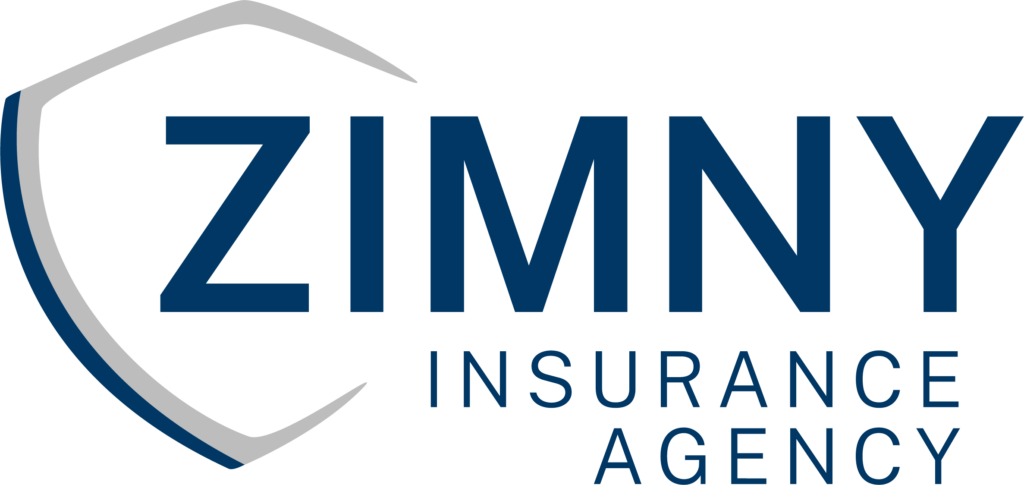Workplace First Aid Checklist
Every worker has the right to a reasonably safe workplace. Understanding workplace first aid kit requirements is an important way to protect your employees and stay compliant with Occupational Safety and Health Administration (OSHA) requirements.
No matter what type of work is being performed, OSHA’s standard on medical services and first aid requires a person or people to be trained in first aid, with “adequate first aid supplies…readily available” when there isn’t an infirmary, clinic or hospital within a very short (three- to four-minute) drive.
Minimum safety standards
Unless your company is a logging operation, OSHA’s legal standards do not require specific first aid materials. Instead, OSHA has referenced the American National Standards Institute’s (ANSI) and International Safety Equipment Association’s (ISEA) criteria to provide guidelines for employers.
The number and type of safety kits required at your workplace depends on the number of employees you have, the business layout/location, and the likelihood for serious injury. A low-risk office complex, for example, will require fewer on-hand materials than a high-risk industrial factory.
Class A (common workplace injuries) first aid kit requirements
Common workplace injuries are minor cuts, abrasions, or sprains. Class A kits are ideal for offices or warehouses with light assembly/packaging.
For low-risk environments, here are some general guidelines:
- Small-size kit for fewer than 25 employees
- Medium-size kit for 25 to 99 employees
- Large-size kit for every 100 employees
The minimum recommended materials include:
- Adhesive bandages, 1″ x 3″ (16 total)
- Adhesive tape, 2.5 yards (one roll)
- Antibiotic treatments/creams, 1/57 oz. or 0.5 g (10 total)
- Antiseptic, 0.14 oz. or 0.5 g (10 applications)
- Bandage roll, 2″ x 4 yards (one roll)
- Breathing barrier (one total)
- Burn dressing, gel-soaked, 4” x 4” pad (one total)
- Burn treatments/creams, 1/32 oz. or .9 g (10 total)
- Cold pack (one total)
- Eye coverings, with means of attachment (two total)
- Eye/skin wash, 1 oz. (one total)
- Exam gloves (two pair)
- First aid guide
- Hand sanitizer, .9 g (six total)
- Scissors (one pair)
- Sterile pad, 3″ x 3″ (two total)
- Trauma pad, 5″ x 9″ (two total)
- Triangular bandage, 40″ x 40″ x 56″ (one bandage)
Class B (complex workplace injuries) first-aid-kit requirements
Complex injuries occur in high-risk environments like industrial manufacturing or fabrication facilities.
For Class B environments, here are some general guidelines:
- Small-size kit for fewer than 5 employees
- Medium-size kit for 5 to 24 employees
- Large-size kit for every 25 employees
The minimum recommended materials include:
- Adhesive bandages, 1″ x 3″ (50 total)
- Adhesive tape 2.5 yards (two rolls)
- Antibiotic treatments/creams, 1/57 oz. or 0.5 g (25 total)
- Antiseptic applications/creams, 1/57 oz. or 0.5 g (50 total)
- Bandage roll, 2″ x 4 yards (two rolls)
- Bandage roll, 4″ x 4 yards (one roll)
- Breathing barrier (one total)
- Burn dressings, gel soaked, 4” x 4” pad (two total)
- Burn treatments/creams, 1/32 oz. or .9 g (25 total)
- Cold packs (two total)
- Eye coverings, with means of attachment (two total)
- Eye/skin wash, 4 oz. (one total)
- Exam gloves (four pairs)
- First aid guide
- Hand sanitizer, .9 grams (10 total)
- Scissors (one pair)
- Splint, minimum size of 4″ x 24″ (one total)
- Sterile pad, 3″ x 3″ (four total)
- Tourniquet
- Trauma pad, 5″ x 9″ (four total)
- Triangular bandages, 40″ x 40″ x 56″ (two total)
Location of first-aid kits
Per OSHA regulations, first aid supplies should be easily accessible and in “near proximity” to workplaces. This means a first aid care provider shouldn’t have to travel through several doorways, hallways, and/or stairwells to reach the supplies.
OSHA interprets “near proximity” to mean that emergency care/supplies should be no more than three to four minutes from the workplace location. This interpretation has been supported by both the Occupational Safety and Health Review Commission and federal courts.
Additional first-aid capabilities
OSHA also doesn’t specify a particular program or skill level for first aid training courses. However, it does recommend training should address workplace hazards, life-saving skills, responding to non-life-threatening emergencies (wounds and burns), and CPR training (cardiopulmonary resuscitation, when breathing and the heart have stopped).
Cardiac arrest is a risk at all workplaces no matter what type of work is performed. While OSHA does not require Automated External Defibrillators, you should consider purchasing one or more, depending on the size of your workplace. Employees should be trained in their use.
